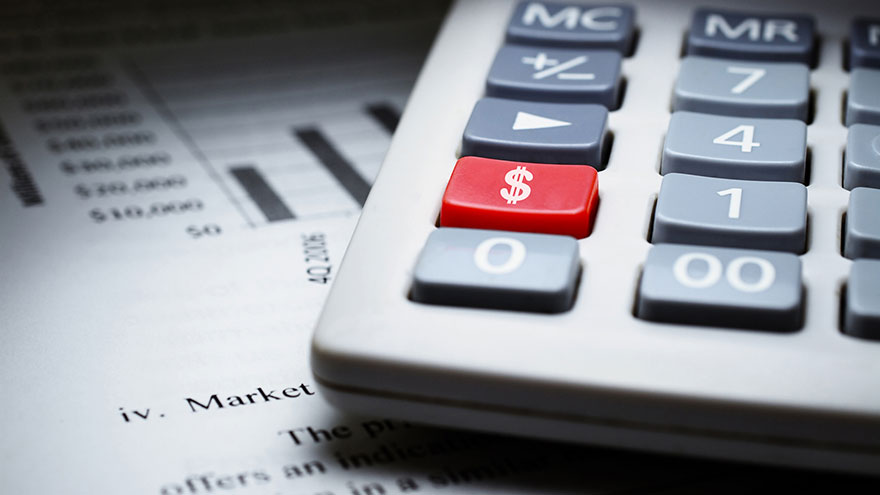How to Compute the Yield on Semiannual-Paying Corporate Bonds
Acorporate bond is effectively a loan issued by a company. The corporation issues the bond at a par value and stated interest rate. These values are used to represent how much interest the company will pay.
Usually, interest is paid annually, but when interest is paid more than once a year, you must take into consideration the effects of interest compounding to find the annual percentage yield. In addition, since bonds are traded, you may not pay the par value to acquire the bond.
6 Steps to Compute the Yield

1. Look up the par value and stated interest rate on your bond.
2. Check your financial records to determine how much you paid for the bond.
3. Calculate the annual interest rate you will receive on your bond using the following formula, in which S is the stated interest rate, V is the par value and P is the price you paid:
Annual Rate = 100* (S * V) / P
For example, if you paid $305 for a bond with a par value of $300 and an interest rate of 6.7 percent, your annual rate would be 6.59 percent.
4. Divide the annual rate by 2 to calculate the periodic rate.
Continuing the example, you would divide 6.59 by 2 to find that the period rate equals 3.295 percent.
5. Divide by 100 to convert the periodic rate to a decimal.
For example, 3.295 percent would become 0.03295.
6. Use the following formula to calculate the annual percentage yield, in which P is the periodic rate expressed as a decimal:
Annual percentage yield = 100* ((1+P)^2-1)
For example, a semiannual periodic rate of 0.03295 would generate an annual percentage yield of about 6.70 percent.
This method assumes that you reinvest the semiannual payments at an equal interest rate, which may not always be possible.
You Might Also Like : How to Calculate the Annual Rate of Return on a Bond

